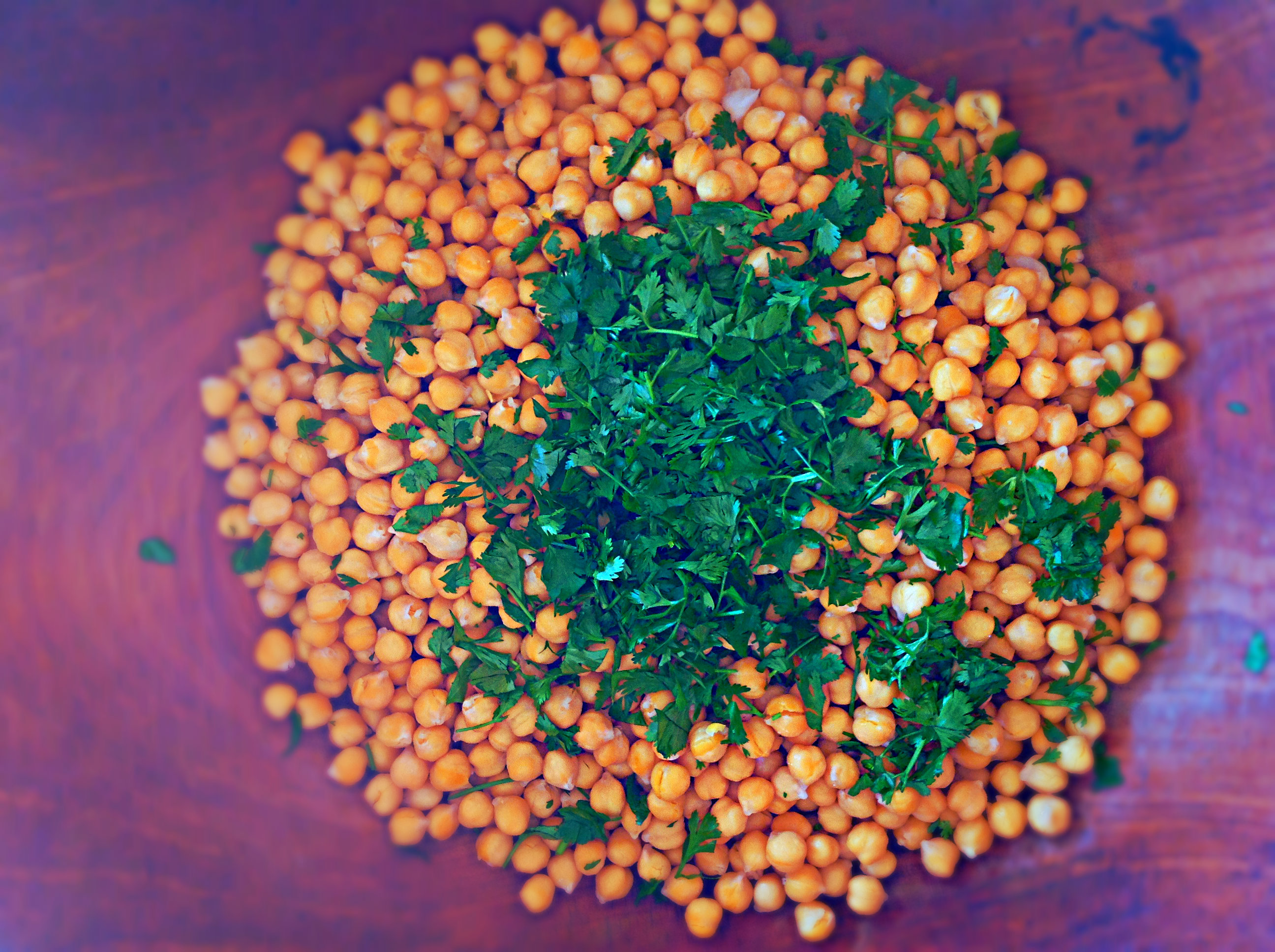
My husband is taking a certification course here in Vermont this month in Sustainable Building and Design. Sustainable is an idea we’re all hip to now – we’re encouraged to support sustainability in the environment, by buying organic food, etc.
At least that is what I first think of – FOOD. Supporting sustainable agriculture, or farming, and recycling, as well as composting – the latter two things making me feel like I am hopefully making my life here on earth more sustainable…that Mother Earth can sustain herself for longer from the stress my lifestyle puts on her, I suppose, if I do these things.
Though his course is called Sustainable Building and Design, his teachers encouraged him to find a better word – striving for more than just sustainable.
He gave me this example, ‘If someone asked how our marriage was, would you say ‘sustainable?’ And that really made me think again about this word we tote around. Do we want to just sustain the planet as it is now? Or do things really need to improve around here?
Sustainable’s not enough.
Now the word seems like we’re just hoping for neutral (SIDE NOTE: This is often a realistic starting place, and we talk about this in The Healing Diet). So…how can we be progressive? What can we do to THRIVE?
Sticking with the example of my husband – his teachers are introducing him to permaculture. Many of you might know what that means – but I didn’t . Very basically, it’s using the laws or patterns found in nature in the most productive way possible. In as many ways as possible, improving the natural strengths found within your environment.
It can be slower going than traditional agriculture. First, one must simply observe. For months, seasons, years even, to discover the patterns.
And then it’s time to take action, incorporating changes slowly, so they’ll stick. And so then you’ll be informed on the next way to supplement the pattern in the best way. The fruit might be months away, or even years.
Luckily, in Ayurveda, the fruit comes faster than that. The human body is incredibly resilient. So as you can see, I found so many parallels in this model to what it takes to upgrade to an Ayurvedic lifestyle. To a better diet. To a better relationship with yourself, and food choices.
All we are is another manifestation nature.
We just need to learn and observe the patterns in our own bodies. To connect with the rhythms of nature within ourselves. Then we can take action!
And what I love about Ayurveda is that there are direct action steps to self healing and making change. For changing your state of mind. For working with your metabolism, and not against it. For thriving as a human being, not just ‘sustaining.’ (Though, again, sustaining is better than sinking, loves, it’s okay if you’re in need of a raising up! It’s important to start where you are – in fact, it’s the only place you CAN start!)
Are you in the service industry?
I want to hear from you. Do you feel like your life is sustainable right now? Is your stress level sustainable? Do you give out more than you’re taking in?
If you’re a health coach, massage therapist, yoga teacher – you are a care giver – serving others is your dharma. You need to be thriving, not just surviving to hold space for your clients healing. If you’re interested in studying Ayurveda (to take YOUR health to the next level – and possibly your clients!) I want you in this Spring’s The Healing Diet. And I’m giving a big discount to you in my next newsletter. If you apply today, you’ll can still get it – just be sure to let me know what kind of care -giver you are!
Do you walk your talk? I’ll share my experiences with this…next time.
Love,



